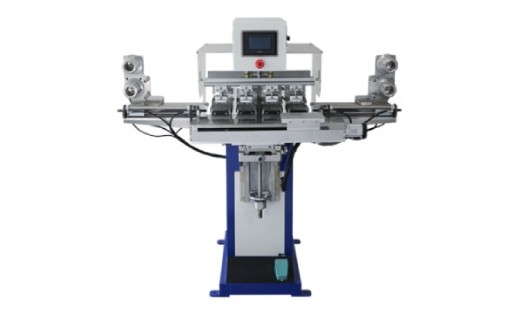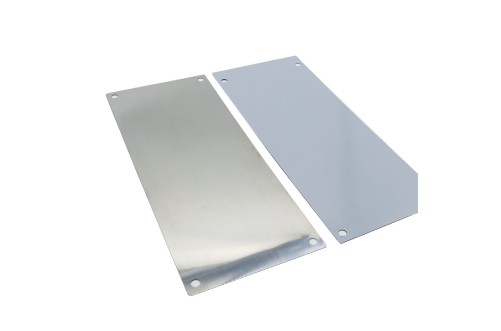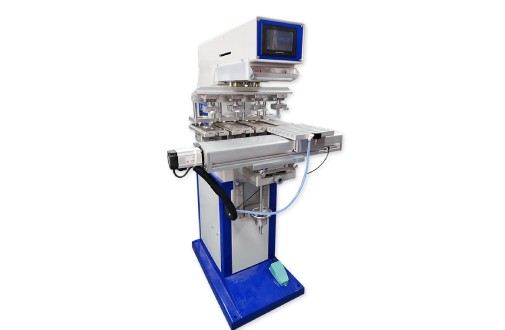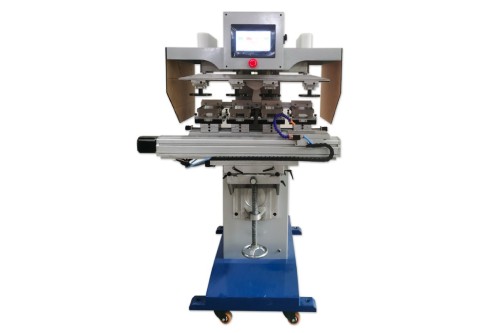pad printer and screen printing machine use different inks to produce different printing effects

The use of pad printers is becoming increasingly widespread because the pad printer’s special printing ink, special process effect, other printing process technology, special printing paper, and special printing ink can produce special effects. Pad printers using different ink can bring different printing effects.
Wrinkle ink
The principle of wrinkle ink is the process of hardening ink after screen printing, respectively, by low pressure, high pressure, and mercury lamp irradiation, so that the surface and inner layer of wrinkle ink curing in two stages due to the tension generated by the inner layer, the surface shortened unevenly, wrinkled, and constitute a textural effect. Each hardening process will affect the randomness of the ink surface, so depending on the placement of the finished product, the wrinkle shape and grain direction may vary significantly.
Ice ink
Ice ink is the name given to the many small fragments formed on the surface of the printing paper after the ink has been cured by UV, similar to the glittering ice flower. Ice ink printing by the ink thickness, UVD lamp intensity, temperature, curing speed, and other factors could be more stable, and the ice effect of different printed matter will be different. Therefore, ice ink printing is best done in small quantities.
The refraction of incident light by the ink layer constitutes a refractive effect visible to the naked eye. In general, if the line density of the stencil is more than 4 per millimeter, you can reach a perfect refraction effect.
Coral ink
Coral ink on the surface of the printed material accumulates coral, producing hops-like foam. The principle is the use of coral ink surface tension is microscopic characteristics. Through screen printing, the natural screen movement of the ink, a foam shape foam, through the UV light condensation, as if there is a foam shape of the coral effect.
Refractive ink
Refractive ink use of ink on the incident light has solid refractive properties, and plates use a unique process in printing. For example, if the plate has many thick parallel lines, the printing of silk and refraction of the ink will be scraped to the printing carrier, constituting a dense parallel grating.
Luminous ink
Luminous ink is a low-light type luminous pigment, as a combination of additives and general ink, with available ink without luminous properties so that the print automatically glows in the dark, with outstanding teaching, tips, decoration, beautification, and other functions. Luminous ink, according to the requirements of luminous brightness to confirm the amount of luminous pigment, has a thick ink printing to achieve outstanding results. The higher the content of luminous pigments in ink, the higher the luminous brightness of the pictures printed with the ink and the longer the luminous time.







